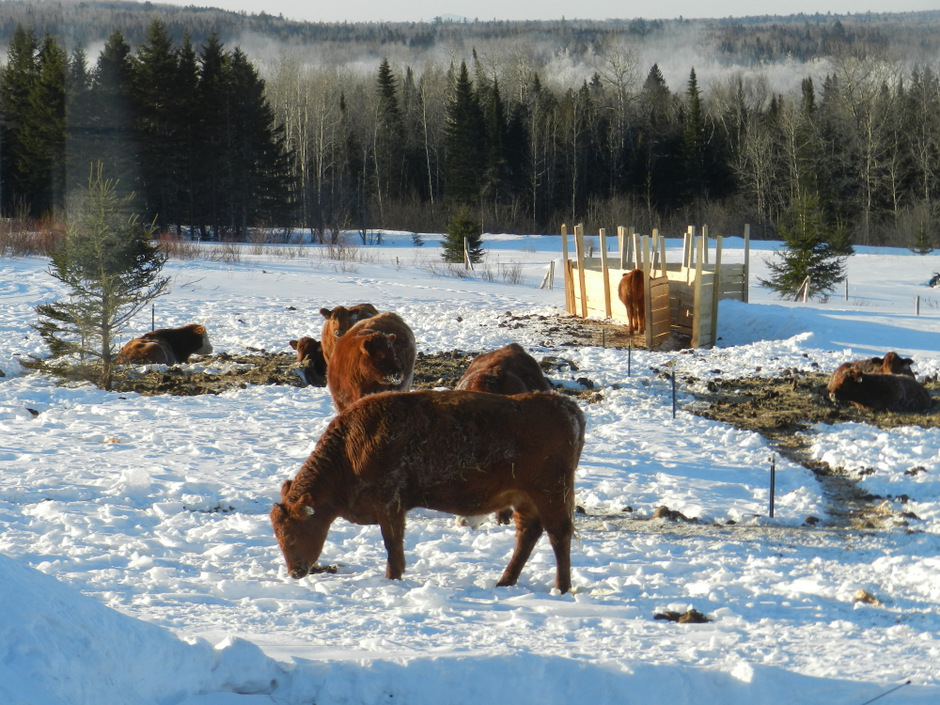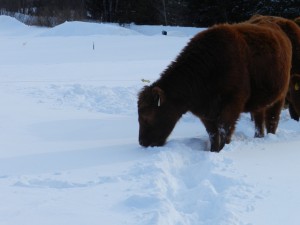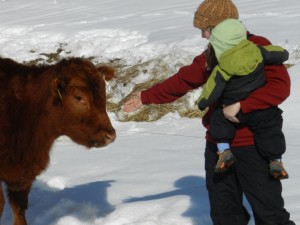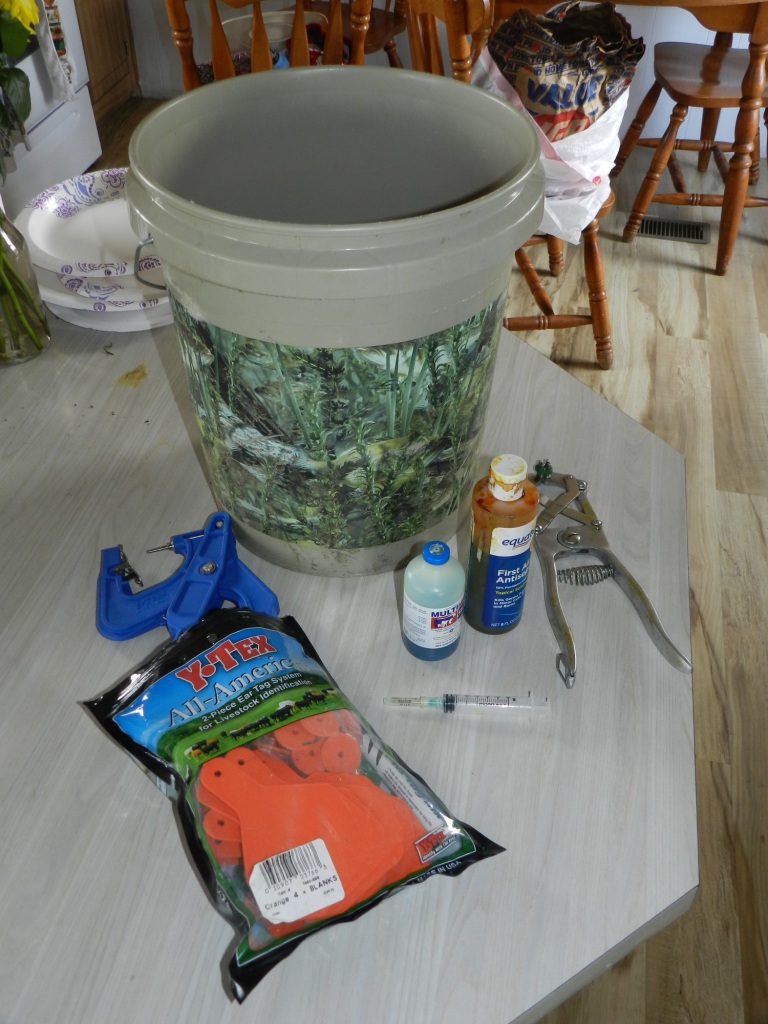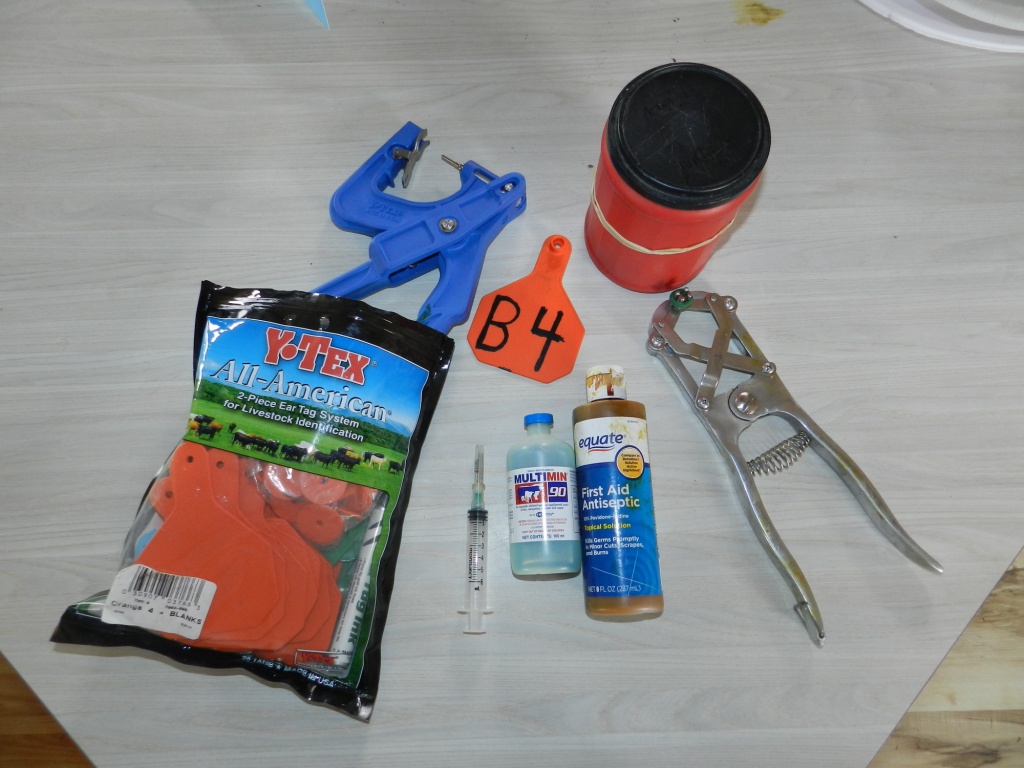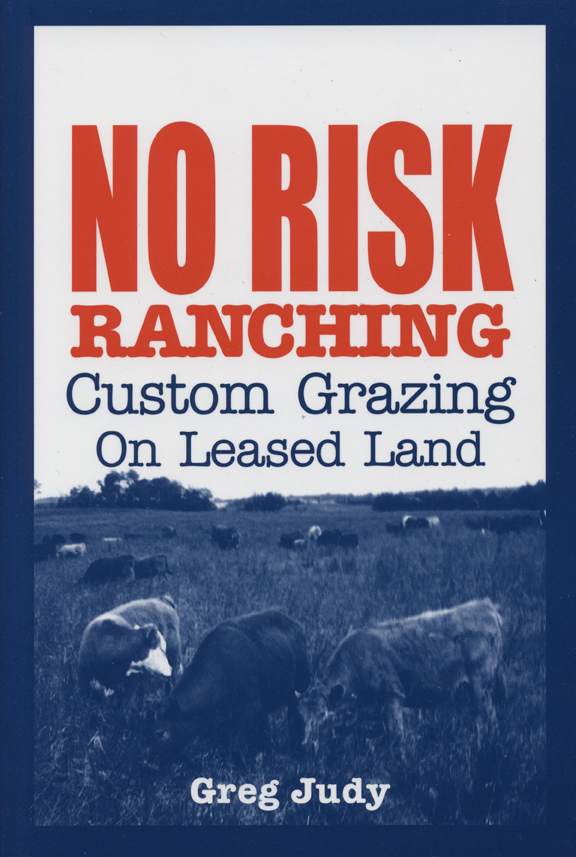 No Risk Ranching – Custom Grazing on Leased Land
No Risk Ranching – Custom Grazing on Leased Land
Greg Judy
Green Park Press, 2002
We recently wrote a blog post on leasing grazing land. The inspiration for our leasing endeavor came primarily from reading Greg Judy’s book. It’s a book that has helped change the mindset of cattle farmers and ranchers across the country, and helped many achieve a greater level of profitability. Read more below.
While most of us desire it, land ownership is probably the greatest obstacle to profitability in the cattle business today. In his 2002 book “No Risk Ranching”, Greg Judy tackles this issue head-on, and describes in detail how you can successfully start up a cattle operation without owning land, or even animals!
Like many others, it had long been Greg’s dream to own a farm. He bought a bunch of land in his home state of Missouri, put together some cattle, and struggled for years to make it all pencil out. After coming dangerously close to losing it all, Judy met a friend that helped him see ranching in a totally new light. He began reading the Stockman Grass Farmer publication and attending grazing schools where he realized the importance of Management Intensive Grazing, and looking at grass and cattle management in a whole new light.
Greg realized quickly that his land mortgage and cattle ownership were sinking his operation. He also began to discover the many parcels of unoccupied grazing land surrounding his farm. Absentee landowners were looking for someone to manage their ground, and Greg was looking for land to put cattle on. He also realized that many cattle owners are looking for someone to manage their animals and are willing to pay for that management on a per-pound of gain or per-day basis. Greg began a headlong journey into land leasing and custom grazing that rocketed him to incredible success as a Missouri grass farmer.
In “No Risk Ranching”, Judy describes how to find idle land to lease, contact landowners and put together a lease proposal. He even provides a detailed example of a lease proposal. He then provides details on custom grazing and how to work an arrangement that is profitable for both the cattle owner and grazier, while improving the quality of the leased land.
Throughout the rest of the book, Judy walks the reader through the details of setting up a leased farm from scratch, including high tensile electric fencing, water development and overall grass and property improvement. He describes stocker cattle management and the economics of ranching as well. Greg writes this book from a very humble perspective of someone who’s learned a lot and wants to help others along as well.
“No Risk Ranching” is one of my favorite cattle-related books because it planted in me a philosophy and mindset that I believe is essential to our success in the cattle business. It also provides some excellent detailed, practical information I’ve used for setting up infrastructure on our farm and the expansion we have planned for the future. It deserves a place on every livestock farmer’s bookshelf.
